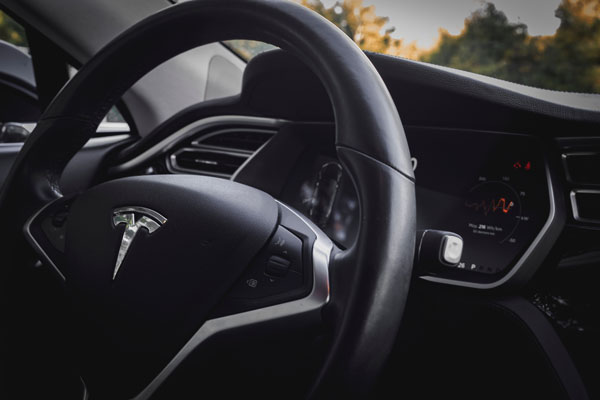Several companies including Uber, Tesla, Google and Nissan have developed self-driving technology or autonomous vehicles. Technology advocates say self-driving cars will reduce accidents and make roads safer. However, after self-driving Uber killed a pedestrian in March 2018, more people questioned the security of this automation.
There are still many schools of thought about this vehicle and even more questions. Many people wonder what would occur if they were hit by a driverless vehicle. Many legal and regulatory issues still need to be addressed. At this stage, if you’re in a collision with any type of vehicle, you should contact a lawyer get help with your car accident case. Here are some things you should consider when thinking about the security of self-driving cars.
- Cars have different degrees of autonomy
When you consider autonomous vehicles, you might assume that the driver has no control. However, autonomy can range from level 0 (where a human controls all key systems) to level 5 (where the car is fully self-driving in all situations). It’s possible for a car to only have two automated systems functioning at a time with the mandatory human input to make sure safety. It remains to be seen which one degree of autonomy will become mainstream for both ordinary passenger cars and public transport.
- Driverless cars use cameras and sensors to detect what’s around them
Unlike humans who observe driving conditions with their eyes, this car takes data from cameras and radar and lidar sensors. This helps them to determine the shape and location of the objects around them. Their processors create a 360-degree view of traffic, pedestrians, signs and the rest in their path. This is how the vehicle knows which route to take and when to stop. If any of the cameras or sensors fail, there may be a problem.
- Self-driving cars don’t have any human flaws
The National Highway Traffic Safety Administration estimates that 90% of all car accidents are caused by human error. At the same time, the AAA Foundation for Traffic Safety says approximately 80% of drivers express anger at the wheel at least once a year. Then there are thousands of fatalities that occur because the driver is drunk or the driver is distracted. It is believed that if you remove human error from the equation, serious accidents will be reduced and lives can be saved.
- Autonomous vehicles strictly follow the rules
Unlike human drivers who often bend the rules depending on their judgment of the situation, cars are programmed to follow the rules. While two people could agree on the road with a nod of their head or a wave of their hand, a car wouldn’t be capable to communicate with a human like this. Therefore, people need to be alert even when the car is in autonomous mode so that they can react manually when needed.
- Hacking and tampering is a possibility
Computer systems are susceptible to hacks, crashes and glitches and cars aren’t any different. Even although they may be programmed to operate safely, there’s all the time the risk of them malfunctioning or someone using them maliciously. Therefore, cyber criminals can reprogram cars to do diverse things. That being said, in the same way, that there are steps you can take to secure your personal computer, an identical solution can be used for cars.
There’s still a lot we do not know about how self-driving cars will be integrated into the mainstream. As the factors above show, even though these vehicles can make roads safer, they can cause problems in other areas. However, there’s still plenty of room for further development of relevant technologies.











